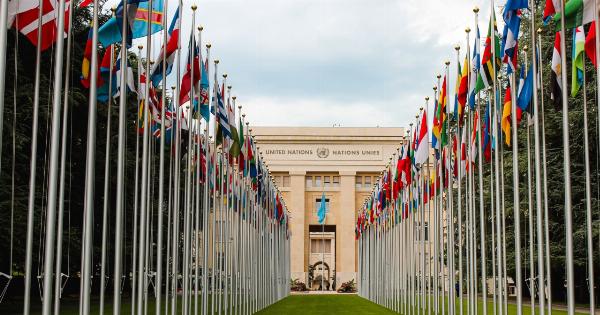Robin Williams, beloved actor and comedian, tragically took his own life on August 11, 2014. The news of his suicide sent shockwaves around the world, leaving fans in mourning and prompting a public discussion on mental health.
Though Williams’ death was a personal tragedy, it also highlighted a concerning phenomenon known as suicide contagion, or the Werther effect.
What is Suicide Contagion?
Suicide contagion refers to an increase in suicide or suicidal behaviors as a result of exposure to another person’s suicide.
This phenomenon was first observed in 1774 when Johann Wolfgang von Goethe’s novel, “The Sorrows of Young Werther,” led to a spike in suicides among young men who identified with the protagonist’s plight. Since then, numerous studies have confirmed the existence of suicide contagion.
The Media and Suicide Reporting
The media plays a significant role in shaping public opinion and perception. Unfortunately, the way suicide is reported can have a profound impact on vulnerable individuals.
Sensationalized or detailed reporting of a suicide may inadvertently glorify the act and perpetuate a sense of hopelessness among those already contemplating suicide. In the wake of Robin Williams’ death, news outlets were criticized for their coverage, as some reports focused on the method of his suicide rather than promoting mental health awareness.
Celebrity Suicides and Copycat Behavior
When a high-profile figure like Robin Williams takes their own life, the risk of suicide contagion increases.
This phenomenon is often referred to as the “celebrity-suicide effect.” Celebrity suicides receive extensive media coverage, leading to greater exposure and potential influence on vulnerable individuals. Studies have shown that following the suicides of well-known celebrities, there is often a spike in suicides that mimic the method or circumstances of the celebrity’s death.
Mental Health Stigma and Seeking Help
The Robin Williams effect also shed light on the ongoing issue of mental health stigma. Despite advancements in our understanding of mental illnesses, stigma and shame still prevent many individuals from seeking help.
Williams’ death prompted discussions about the importance of destigmatizing mental health, encouraging people to reach out for support, and providing accessible resources for those struggling with their mental well-being.
Preventing Suicide Contagion
Addressing suicide contagion requires a multi-faceted approach involving mental health professionals, media outlets, and society as a whole. Some essential strategies in preventing suicide contagion include:.
1. Responsible Media Reporting
Media organizations should adhere to guidelines and protocols for responsible reporting on suicide. These guidelines recommend avoiding graphic details, minimizing prominence, and providing information on available resources for mental health support.
2. Increasing Mental Health Education
Greater emphasis should be placed on mental health education within schools, workplaces, and communities. Increasing awareness and understanding can help reduce stigma and encourage individuals to seek help when needed.
3. Suicide Prevention Hotlines and Resources
Accessible suicide prevention hotlines and resources should be widely publicized. Making these services readily available can provide immediate support to those in crisis and help prevent impulsive suicide attempts.
4. Destigmatizing Mental Health
Efforts should be made to challenge the stigmatization of mental health conditions and promote open conversations about mental well-being.
Sharing personal stories of recovery and resilience can create a supportive environment that encourages seeking help.
5. Support for At-Risk Individuals
Vulnerable individuals, such as those who recently experienced loss or have a history of mental health struggles, should receive tailored support and interventions.
Offering resources and ensuring access to mental health care can be crucial in preventing suicide contagion.
Conclusion
The Robin Williams effect brought attention to the concerning phenomenon of suicide contagion or the Werther effect.
Celebrity suicides can significantly impact vulnerable individuals, leading to spikes in suicides that mimic the circumstances or methods of the celebrities’ deaths. To prevent suicide contagion, responsible media reporting, increased mental health education, readily available support resources, destigmatization of mental health, and tailored support for at-risk individuals are crucial.





























